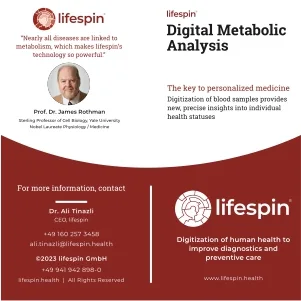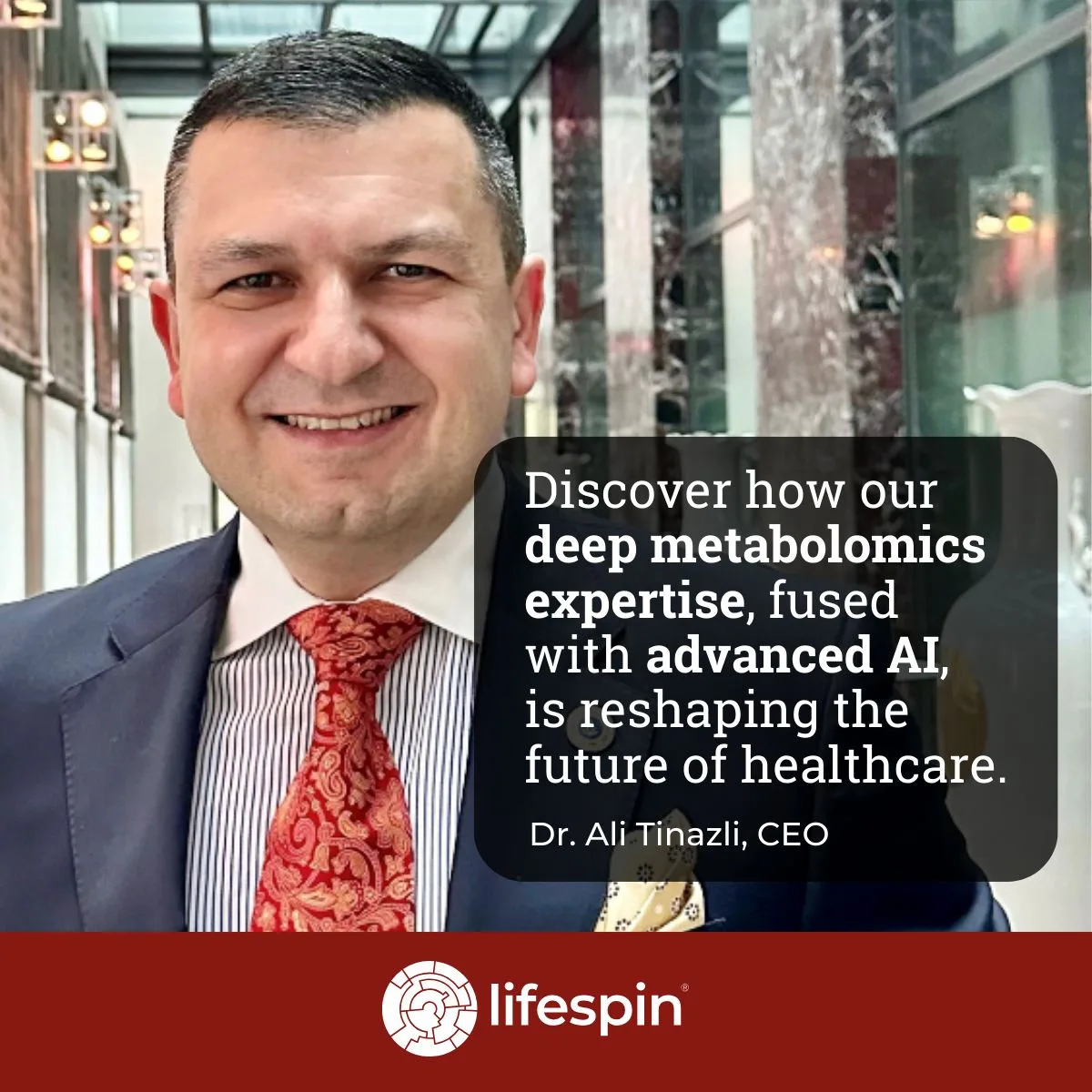Amsterdam, The Netherlands – Royal Philips (NYSE: PHG, AEX: PHIA), a global leader in health technology, and Radboud University Medical Center have signed a hospital-wide, long-term strategic partnership that delivers the latest patient monitoring applications. All Radboudumc departments will have access to Philips’ patient monitoring portfolio. In addition, the two parties have signed a service agreement, to continuously deliver clinical and technical services to maintain the monitors and underlying IT platform. New software developments for bedside or central station monitors are frequent, as are necessary clinical software and security updates. With this agreement, Radboudumc will always have access to the latest updates, software, and security for their patient monitoring systems.
The goal of Radboudumc is to create a reliable and scalable patient monitoring ecosystem that offers flexibility in the future. This collaboration could help us to reduce alarms and allow data to be accessed and clinical decisions to be made from anywhere, helping to optimize patient monitoring and clinical outcomes. The ecosystem and platform that Philips offers create new possibilities and opportunities.
Software supports patient monitoring
Bedside patient monitors continuously monitor patients in operating rooms, Intensive Care Units, and other departments. Monitoring can also occur during patient transit, where interchangeable monitors prevent data loss. The software and IT systems behind the monitors store the data, supporting caregivers in interpreting it. Algorithms are utilized to provide optimal insight into the patient’s health status and to signal any deterioration.
Also Read: Philips and Dutch Franciscus Gasthuis & Vlietland sign technology agreement
“Patient monitoring is an innovation focus of Philips, and we use our technology to support healthcare providers to better care for their patients. The hardware, the monitors, and sensors are the visible parts of the monitoring system, but the invisible part – the software – is where we can make a big difference for healthcare providers. By bringing together patient data and distilling information from it, these systems and software can support caregivers in taking better care of patients and intervening more quickly when needed. In the future, we will see many developments in this area including the introduction of artificial intelligence,” said Léon Kempeneers, Managing Director of Philips Benelux.
Ease of Use
Philips is also focusing on innovations to enhance the usability of monitors. In addition, Philips recently introduced the Visual Patient Avatar that aggregates patient data from the monitor, during surgery, into a “virtual patient” on the monitor screen to help caregivers interpret data more easily.












